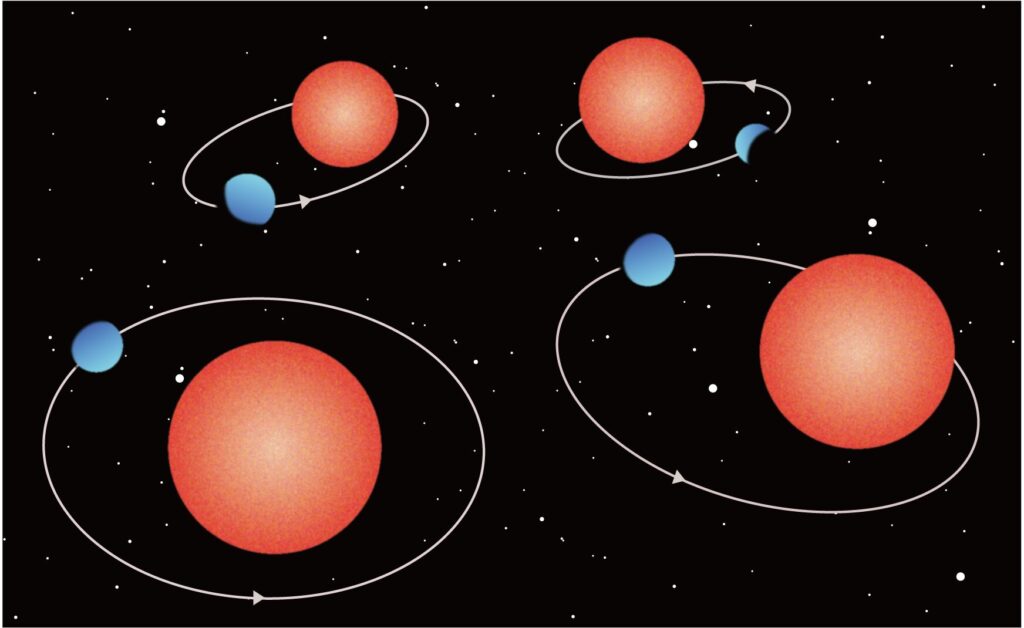An international team of researchers announced the discovery of four new exoplanets. All of them belong to the class of so-called mini-Neptunes.

Mini-Neptunes are planets that occupy a position intermediate in size between Earth and Neptune. There are no such objects in our Solar System, but they are quite common in other stars and are considered promising candidates for studying their atmospheres with the James Webb Space Telescope.
Four more exoplanets have recently been added to the list of known mini-Neptunes. They were discovered during observations made by the TESS space observatory and the global network of ground-based telescopes MuSCATs. The radii of the newly discovered mini-Neptunes are about 2-3 times larger than Earth’s, and the orbital periods are less than eight days. They all orbit around red dwarfs, the most common stars in the Universe. They account for about 75% to 80% of the Milky Way’s population.
Subaru telescope measurements of the radial velocities of the parent stars show that the upper limit of the masses of the four mini-Neptunes is 20 Earth masses. This suggests that they are not rocky planets like our Earth. Rather, they are likely composed of volatile substances such as water and ammonia.
Astronomers also found that at least three of the four mini-Neptunes had elongated orbits. In theory, this should not be the case. Over billions of years, tidal dissipation on the part of red dwarfs should have “rounded” their orbits. One possible explanation for this discrepancy is that, due to the peculiarities of their internal structure, mini-Neptunes are not subject to tidal effects.
Earlier we told you about an amazing exoplanet that managed to survive under the powerful radiation of its star.
According to phys.org


